Envision a frustrated prehistoric man gazing beyond the crashing surf to schools of fish erupting on the surface, well out of reach: “If only I could get to them.” Every surf-casting fisherman can relate. Skiffs provide the shore-bound fisherman a new universe of opportunity, but those who launch directly from the beach when favorable conditions allow, must hope surf conditions don’t worsen before it’s time to return to land. Every continent has a stretch of turbulent coastline on the receiving end of an ocean reach spanning thousands of miles. Much of North America’s Pacific coastline fits this bill with exposed shorelines and frequent big swells.For the early Euro-American pioneers of Oregon’s north coast, the Pacific swell was certainly a few notches more dangerous than the inshore waters of New England, where many dory designs evolved. Unlike the countless bays, estuaries, and sheltered harbors of New England, this stretch of the coastline offered no safe passages to the ocean. Pacific City, a hamlet on this stretch of the Oregon coast, was built near the mouth of the Nestucca—a coastal river with a nightmarish bar. As a result, fishermen had to choose the beach as the port of entry for their modest fleet.Local builders started with the classic double-ender surf-dory designs of New England, but soon made longer and beamier versions for more stability among the larger swells. By the 1950s, motorwells were common in double-enders, and by the ’70s square-sterned powered semi-dories took over. Abundant old-growth Douglas-fir provided premium framing lumber, and the golden age of AA marine-grade fir plywood offered outstanding planking. Builders abounded in western Oregon, where the Pacific City Dory probably held the title as the most abundant plywood-on-frame working skiff in America. These boats were simple to build and had a length of 20′ to 22′, a beam of 7.5′ to 8′ carried well forward, a 5′- to 6′-wide flat bottom, a transom raked at 12 degrees, and sides angled of at least 25 degrees.
Join The Conversation
We welcome your comments about this article. To include a photo with your remarks, click Choose File below the Comment box.


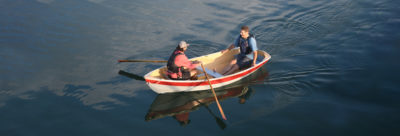

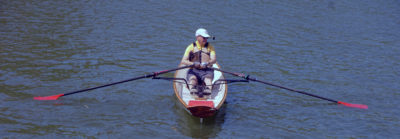




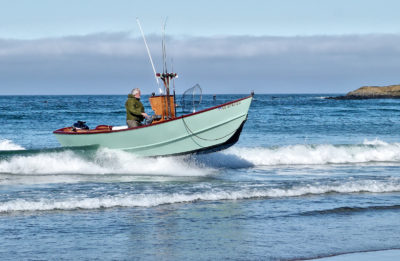
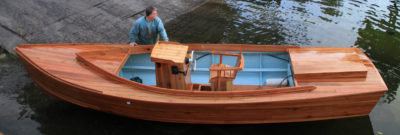

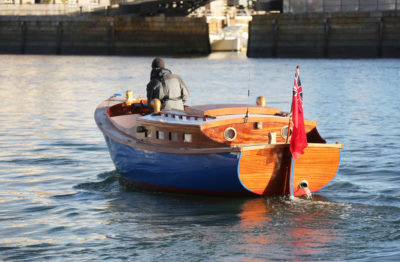
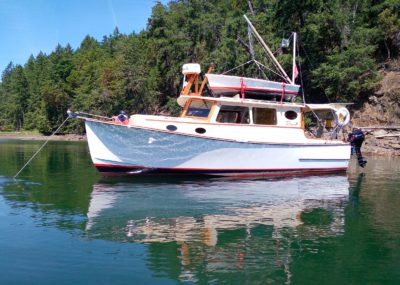
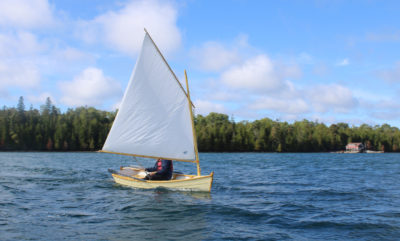

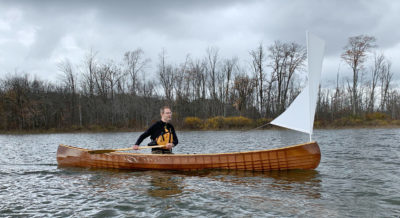
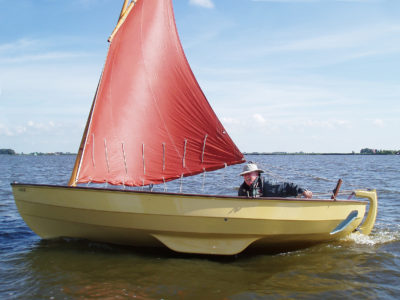
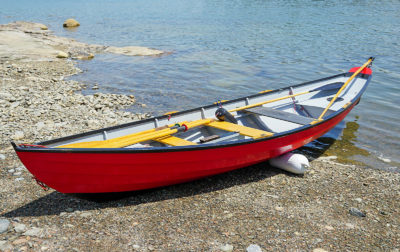
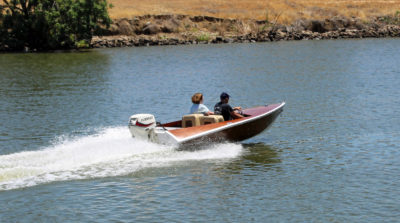
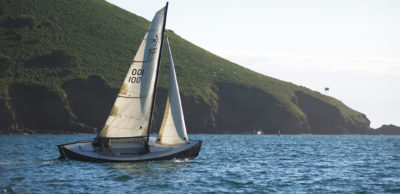
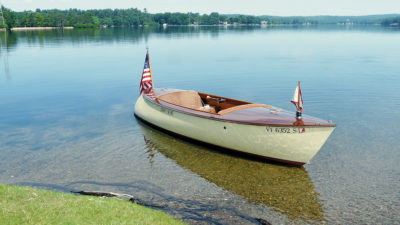

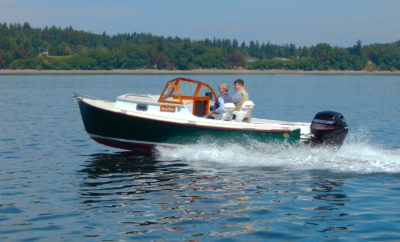
I really liked this article. I grew up fishing out of a double end dory with my father in the early 60’s, we would row out through the surf at Cape Kiwanda, two sets of oars, then put a 5-hp motor in a motor well, and make it out past Haystack Rock, and plenty of fish. My father invested in a square-stern boat around 1968 and for the next 4 years, my brother and I commercial fished out of Pacific City. The boat was not well built, and we sold it, and purchased another boat, for pleasure fishing, and some time later, sold that boat as well. And now my younger brother has a fine PC-built dory, named the PEYTON ANN, and she is a stout-built boat. I am 66 and I think back on the history of dory fishing, from the time I was 6. So many good memories and friends made. And, of course, amazing fish stories to be told. The story of this boat, is, in my mind amazing, and I love hearing about it.
I later purchased an Arima boat for rough waters, and fished that for 20 years. Not a dory by any means but able to battle rough waters. So many happy memories.
I really enjoyed the article and have been a huge fan of the Hunky dory. As a dory owner myself and utilizing it at shoal depths, I would like to know more about the material used on the bottom of the boat in the article.
Thank you
Hi Gary,
Other than the double 3/8″ plywood on the bottom, the chines, bottom transom bow have two layers of biax tape, and the 10-oz glass on the sides overlap onto the bottom about 6″ and the bottom glass is one layer of 24-oz, if memory serves, that is also overlapped onto the sides about 6″. Then I rolled on a mix of epoxy, about 2/3 graphite, and 1/3 WEST’s 422 barrier coat…plus a bit of silica to resist running everywhere on application and to make it harder.
If I were to have done it again, I might put a couple additional layers of 10-oz on top of 24-oz just for the bottom then put twice as many coats of the graphite mix….for no other reason than its the one time the boat is upside down so might as well. Currently I roll on the mix once a season on just the “hot spots”. The only significant wear only happens hitting a steeper dry beach on high tide, or hitting rocks occasionally. But it’s easy to trowel on some more to fill small gouges.
Very nice. Can I ask what brand and color paint you used? It looks really sharp against the black.
Hi Stephen,
I used the “Green-Grey” from Kirby Marine Paints (Massachusetts). Very nice paint and was very easy to apply a nice finish with despite being a bad painter myself. There are other colors in their inventory that are similar but the green-grey has a more subtle look compared to the brighter greens…and has a lot of different hues in varying light.
I served in the Air Force at Mt Hebo, Oregon, in the mid to late ’60s and used to fish with my father in law out of P.C. for years. There was a dory named HUNKY DORY fishing the area that I saw in 66-67 and probably before and after that time frame. I can attest to how great of a design these dories were. Ours had the well for the motor and was one dry boat.
John